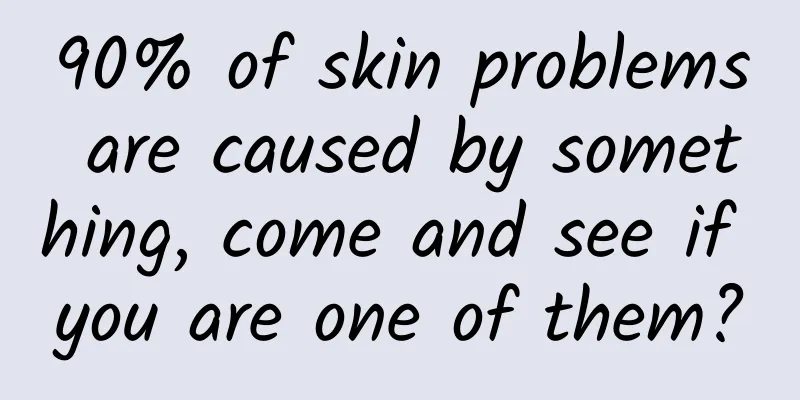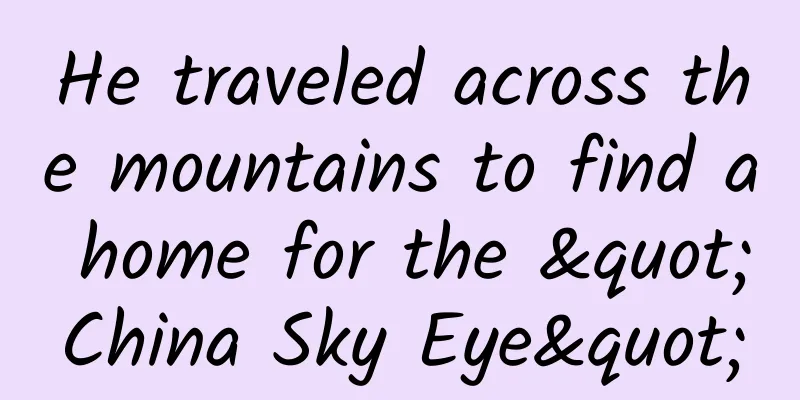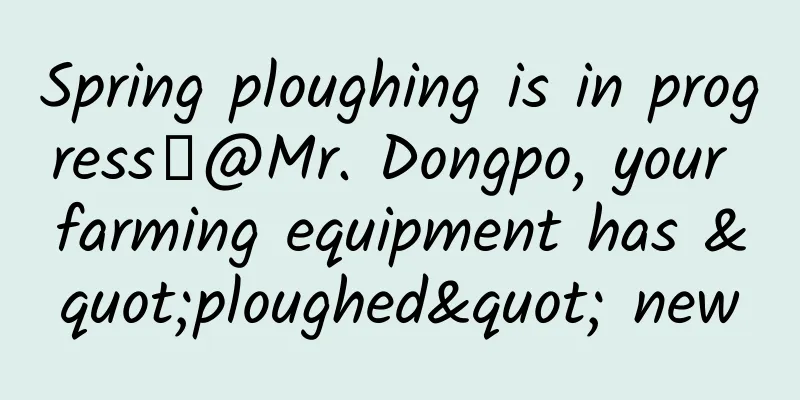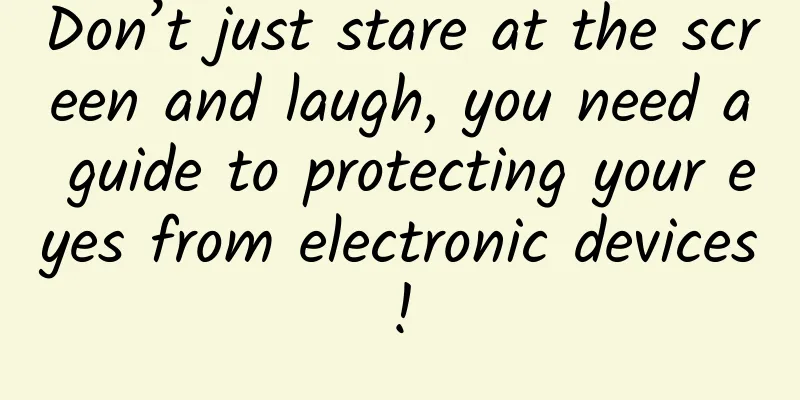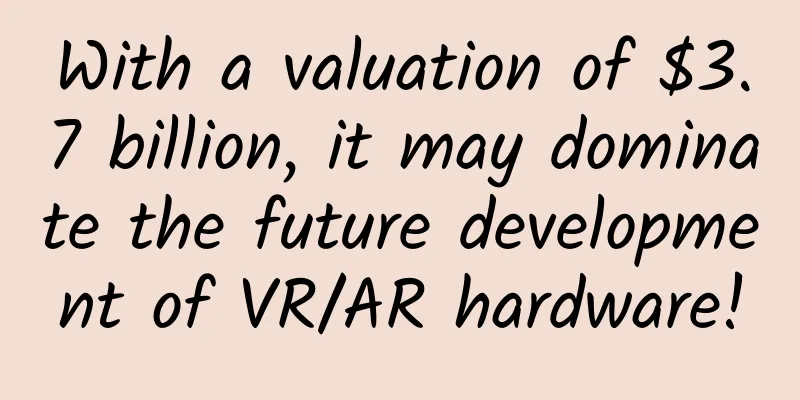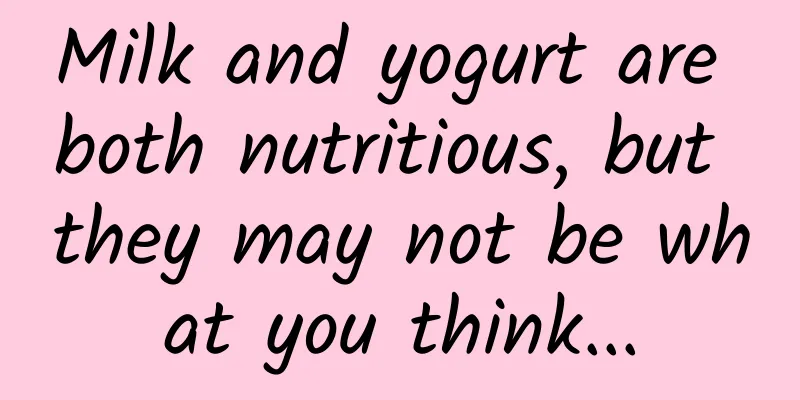From developing product categories to developing industrial chains, e-commerce is moving from the front stage to the backstage
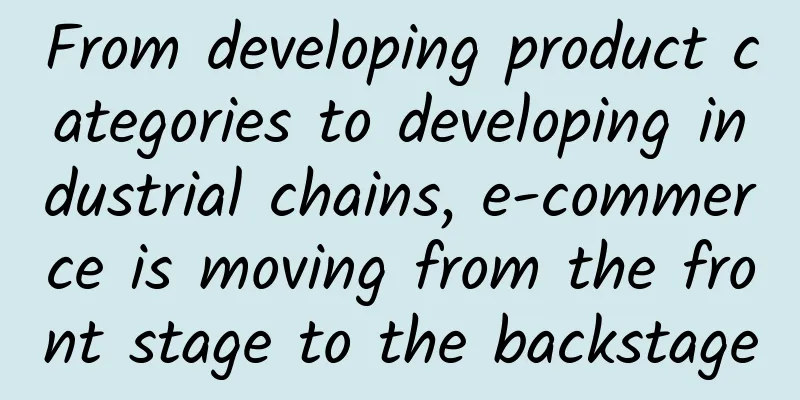
|
Where there is a vent, there will be a "bubble". When people are talking about "content entrepreneurship" and paying for various contents, this is the best era for coders, public account dogs, video editors, knowledge Internet celebrities, unknown experts, and charlatans. "Content" has become as important as "products". Even products such as QQ Browser, Universal WiFi Key, and Alipay are making content. The platform says to self-media: As long as you dare to make good content, I dare to give you a good traffic position. However, except for a few top big names who are repeatedly discussed as role models, more self-media are struggling in a passive situation with low traffic, unclear models, and high policy risks. The sudden control of Apple's user rewards in Apps and the severe supervision like a tsunami have made the future of content entrepreneurship uncertain. Only the vanguards in the content entrepreneurship team are qualified to touch the "knowledge economy". The self-media big Vs who have landed on the shore have united to form a new interest group. Countless talented content entrepreneurs are wandering between the traffic model of advertising and the user payment model, working all day long in multi-platform distribution; enduring the long darkness before dawn. So, does the current "knowledge economy" still have new incremental opportunities for grassroots? 1. The biggest gap in the knowledge economy is that the post-95s and post-00s are ignored . The focus of the "knowledge economy" is not "knowledge" but "economy". It is neither "Internet education" nor "Internet celebrity economy", but a wonderful mixture of the two. It has both office workers seeking knowledge and progress, and fans supporting admirers. Taking Himalaya, Zhihu, Get, Fenda and other major knowledge payment platforms as examples, users aged 25-30 and 31-35 account for about 29%, that is, professionals born in 1992 account for nearly 60% to 80%. Currently, people born in 1995 or even 2000 are not considered by knowledge economy platforms. Most paid hit products are tailor-made for the "new middle class" or loser strugglers. The public account "Little Deer Foraging" reflected in "Four Lessons I Learned from Spending 5,000 Yuan on Knowledge Payment in the Past Two Years" that most course titles are similar to "Build XX System in One Hour or One Week", "Quick Counterattack", "Become a Great God in Seconds", "Earn Ten Times", "Explosive Growth", "Change Destiny", etc., and the new terms in the courses are mostly "old wine in new bottles". Users become hoarders in the payment process, and platform operations are all transaction-oriented. The post-95s and 00s directly grasp the pulse of the mobile Internet, and there is no need to learn these "dry goods". They happily indulge in the world of games, anime (novels), and animation. If they don't like it, they will automatically block it. If they like it, they will pay for it and find ways to protect the rights of the original creators. Many content entrepreneurs have a certain estrangement or even a labeled and stereotyped understanding of the post-95s and post-00s, and explain the new generation from the perspective of the "pre-metaphor era". This has become the biggest obstacle for them to polish out innovative content. Chen Rui, chairman of Bilibili, the birthplace of the second dimension culture, believes that the post-95s and post-00s have been immersed in the soil of Internet culture since childhood, which makes them think more diversely and independently, and the better living and educational conditions also make them more confident. At present, knowledge economy entrepreneurs have not yet produced phenomenal content that belongs to the new generation. If content entrepreneurs want to counterattack, don't forget to seize the post-95s and second dimension that are missing in the "knowledge economy". The new generation also loves to pursue "hard-core" knowledge, and how to present it in short videos is an art. The mobile Internet has quickly marginalized some people who lack expression and some complex content. White-collar workers underestimate the entertainment methods of blue-collar workers. In the new media communication environment, liberal arts students crush science students, causing knowledge such as mathematics or physics to be like the sound of footsteps in the valley. Smartphones have also profoundly transformed the way knowledge is disseminated. Some time ago, I had an in-depth exchange with a user of Get. He told me that the active time on Get is mainly when washing or using the toilet, "listening" replaces "watching", and the main usage scenario of Himalaya is also on the bus or subway to and from work. This year, short videos have completely replaced long videos and live broadcasts as the main traffic source. In terms of content creation, short videos are more "work-like" than last year's popular live broadcasts. A big-breasted beauty broadcasts live for a day, but she didn't convey any valuable content. So, can the neglected hard-core knowledge be vividly interpreted with short videos? This involves the issue of "content creation cost". Long-term education and training have made people more adept at interpreting knowledge, opinions, and attitudes in words. In the Get column, many big names write articles and are relayed by the platform's audio engineers. In terms of spreading hard-core knowledge, Get has made more contributions than Himalaya. Wan Weigang, Dr. Wei, Xue Zhaofeng, Wu Jun, Xu Lai, Zhuo Ke, etc. are all popular science. The creation cost of making "knowledge animation short videos" is the highest. Not only do the creators need to thoroughly digest the content and express it in short spoken language, but they also need to master animation, animation, film editing and other skills to make the post-95s and post-00s fall in love with the brain hole content, and they also need to firmly grasp their excitement points. The challenge is quite big. But it's not that no one has done it. Wan Weigang, a columnist at Get, and Xue Zhaofeng, a professor of economics at Peking University, have recommended to their paying fans the "short videos" created by "Schrödinger Hungry" based on their lectures. "Schrödinger Hungry" uses the second-dimensional ghost animal style to interpret Wan Weigang's "The Human Nature of Quantum Mechanics"; I also saw a post-95s sharing a short video on Bilibili about "The Reversal Merchant" being sued and turning defeat into victory to interpret the Coase Theorem in the circle of friends, which is vivid and accurate. In other words, "Schrödinger Hungry" acts as an intergenerational translation between the teachers of Get App and Bilibili, allowing the younger generation to access the boring knowledge that they originally rejected through "interest". The author watched all the short video works of "Schrödinger Hungry" on Bilibili and found that in addition to retelling the ready-made content of the big names, they also involved videos in difficult fields such as physics, mathematics, economics, legal philosophy, game theory, and chemistry. These "non-traffic driven contents" are very active on Bilibili. With more than 140,000 fans, each video has an average of 200,000 views, and each video has around a thousand barrages. The amount of coin rewards is also astonishing, which makes those who think that those born after 1995 and 2000 are superficial immediately refresh their views. (Investigation on the activity of knowledge animation programs on Bilibili) From the "original popular science programs" of Bilibili, the old popular science column "Flying Saucer Says" has a large absolute data volume, and from the average relative activity of each video, "Xu Ding's Hungry" is expected to become a phenomenal knowledge-based UP master (video upload contributor) among the new generation. Brain-burning content requires the team to digest a lot of professional books and materials, and the task of creating high-quality works is heavy, but it will inevitably lead to a low production frequency: "Xu Ding's Hungry" has only launched 20 videos in the 9 months since its release, and fans are mainly concentrated on Bilibili and official accounts - completely different from the traditional short video model of "high frequency, hot spots, full network distribution, and pursuit of traffic". The traditional "traffic monetization" business model will definitely not work, but with more and more young and highly knowledgeable audiences, it depends on how they can transform "strong fan stickiness" into a sustainable business model. At the beginning of July, Japanese and Korean dramas on Station A and Station B were "destroyed" due to copyright issues, but many original and non-original (mostly reposted from foreign YouTube with subtitles) knowledge popularization content was not affected, which can be regarded as a little comfort to those young people who love learning and thinking! 3. Post-95s are about to become the mainstream, "old problems" and "new phenomena" in the content entrepreneurship circle. China currently has 200 million post-95s, and post-00s will quickly become mainstream netizens in 2020. The subculture of young people will soon become the mainstream of the Internet, but content entrepreneurship and knowledge payment circles do not seem to be fully prepared to welcome it. There are some obvious pain points: (1) People pay too much for content to watch and lack the thirst for knowledge. The side effect of knowledge anorexia is that they pay to eliminate anxiety, but instead fall into greater anxiety. (2) Using payment as the only threshold is actually "pseudo-screening". Taking Xiaomiquan as an example, even if the payment threshold is increased, the user activity is not as high as expected, and real fans who have no payment habits are excluded. (3) The churn rate of paying users is high, and how to continuously acquire new generation users has become a difficult problem. People born after 1995 and 2000 have sophisticated tastes, and the threshold for creating ACG content is very high. Fortunately, some good content recently launched does not require paid subscriptions. For example, "Dong Wu Relativity" has been rebroadcast since early June and renamed the younger "Dong Wu Classmates Reunion". The current 14 episodes have accumulated 14.491 million listeners on Himalaya. The author found in the total list of rewards that there are 50 fans who have rewarded more than 1,000 yuan, 9 who have rewarded more than 10,000 yuan, and the highest rewarder has a fee of 127,000 yuan. The average number of views per episode is in the millions. In the later stage, patch ads or pre-broadcast ads are introduced, and the profit model is still quite considerable. Short videos are currently one of the best carriers of pan-entertainment content on mobile terminals, while grassroots traffic content such as movies, TV series, news, jokes and funny jokes can no longer satisfy people's pursuit of brain holes and intellectual fun. Silent short videos "Office Xiao Ye" and Wuhan local Internet celebrity "NG's Cat" have become popular on Weibo. Miaopai has replaced Yizhibo as Weibo's new trump card, and "Xu Ding's Hungry Me", which is positioned to teach brain-burning hard-core knowledge to the new generation, has become a hit on Weibo. The short video about chemistry "118 Ways to Die of 118 Elements" has been forwarded on Weibo in various ways, and the total number of views has reached more than 40 million. In order to create their own IP, some content entrepreneurs try to output arbitrary or relative values, such as the Get App is a "teacher privately teaching students model"; while "U Can U Bibi" is a debate competition with equal views (its extended paid product "Speak Well"), Get is more about the teacher giving the conclusion without the students participating in the process, while the latter only has the process without the lack of conclusion; how to guide users to see the essence through the phenomenon and inspire fans to think rather than blindly follow is still the difficulty of current knowledge content. Conclusion: No matter what kind of bottlenecks knowledge payment encounters, it ultimately provides relatively high-quality content that respects the IQ of users. Knowledge gets rid of the boring textbook-like appearance and becomes participatory, more open and diverse. It changes from reading pictures and texts to a mobile learning mode that focuses on speaking, listening and watching. Short audio dialogues and short video animations are popular. How to understand the preferences and styles of the post-95s and post-00s, spread the knowledge in the study, and seriously bring more brain holes to users in the works, such attentive works and content entrepreneurs will not be let down by the times... As a winner of Toutiao's Qingyun Plan and Baijiahao's Bai+ Plan, the 2019 Baidu Digital Author of the Year, the Baijiahao's Most Popular Author in the Technology Field, the 2019 Sogou Technology and Culture Author, and the 2021 Baijiahao Quarterly Influential Creator, he has won many awards, including the 2013 Sohu Best Industry Media Person, the 2015 China New Media Entrepreneurship Competition Beijing Third Place, the 2015 Guangmang Experience Award, the 2015 China New Media Entrepreneurship Competition Finals Third Place, and the 2018 Baidu Dynamic Annual Powerful Celebrity. |
<<: In July, Tesla surpassed BYD and BAIC Motor topped the global electric vehicle sales chart
Recommend
7 Swift gotchas and how to avoid them
[[163025]] Swift is accomplishing an amazing feat...
Weilai delivers more than 10,000 cars this year. He Xiaopeng is willing to admit defeat: ES8 purchase money will arrive soon
Yesterday, NIO just announced that the delivery v...
A spider "resurrected from the dead" and turned into a claw machine in seconds? This study is a bit "weird and interesting"
A dead spider slowly descends, and then, suddenly...
6 practical cases of marketing and promotion of Bilibili!
Today, the fragmented society has led to a sharp ...
Dell's transformation: a story of "beauty and loneliness"
Drive north from Austin, the capital of Texas, fo...
[Popular Science of Chinese Military Technology] Active underwater defense against torpedo attacks, how powerful is the anti-torpedo torpedo?
Torpedoes have posed a huge threat to surface shi...
The floor becomes more and more smelly the more I mop it, and I finally found the reason!
Review expert: Zhu Guangsi, member of Beijing Sci...
Want to eat sweets but don’t want to gain weight or raise blood sugar? Learn these two tips to satisfy your cravings and stay healthy!
I believe many people have this dilemma: they wan...
This smell is suffocating, how to have a pair of feet that are not embarrassing?
There is such an "indescribable" smell:...
Artificial intelligence! This is good stuff because it can help astronomers find gravitational waves
Hey, HAL, can you help us find black hole impacts...
From 0 to 1, private domain conversion methodology
Today’s summary: 1. What abilities does a project...
Imagination and Testin partner to establish testing center
Recently, Imagination Technologies announced that...
How do companies gain fans crazily on Douyin?
Tik Tok has a strong ability to bring goods, spre...
What are the functions of the Lanzhou Amusement Park mini program? How much does it cost to develop a group buying app for a children’s playground?
The mini program has been online for more than 5 ...
How to play the media matrix in new media operations, analyze mainstream media platforms from three dimensions!
Preface: The earliest batch of self-media people ...




